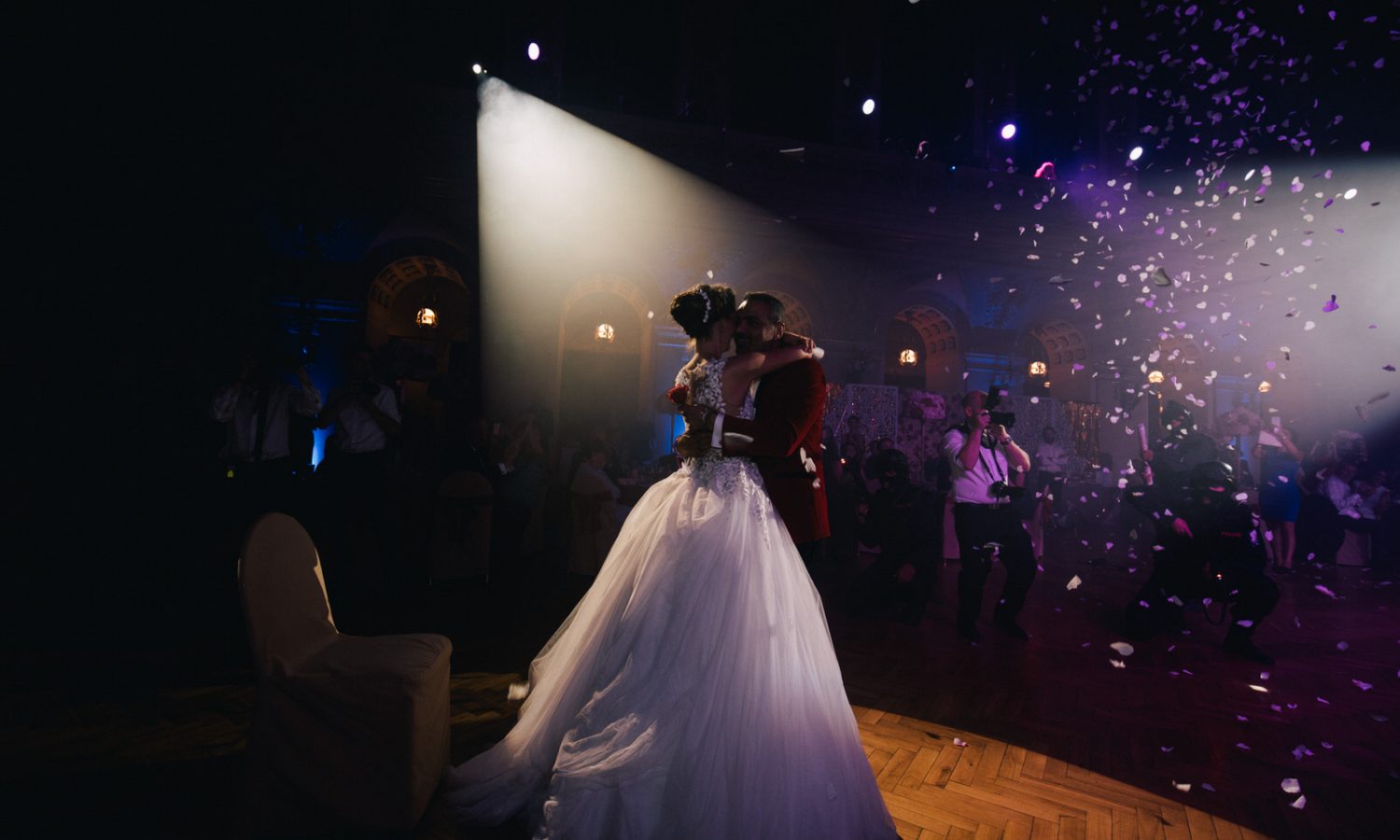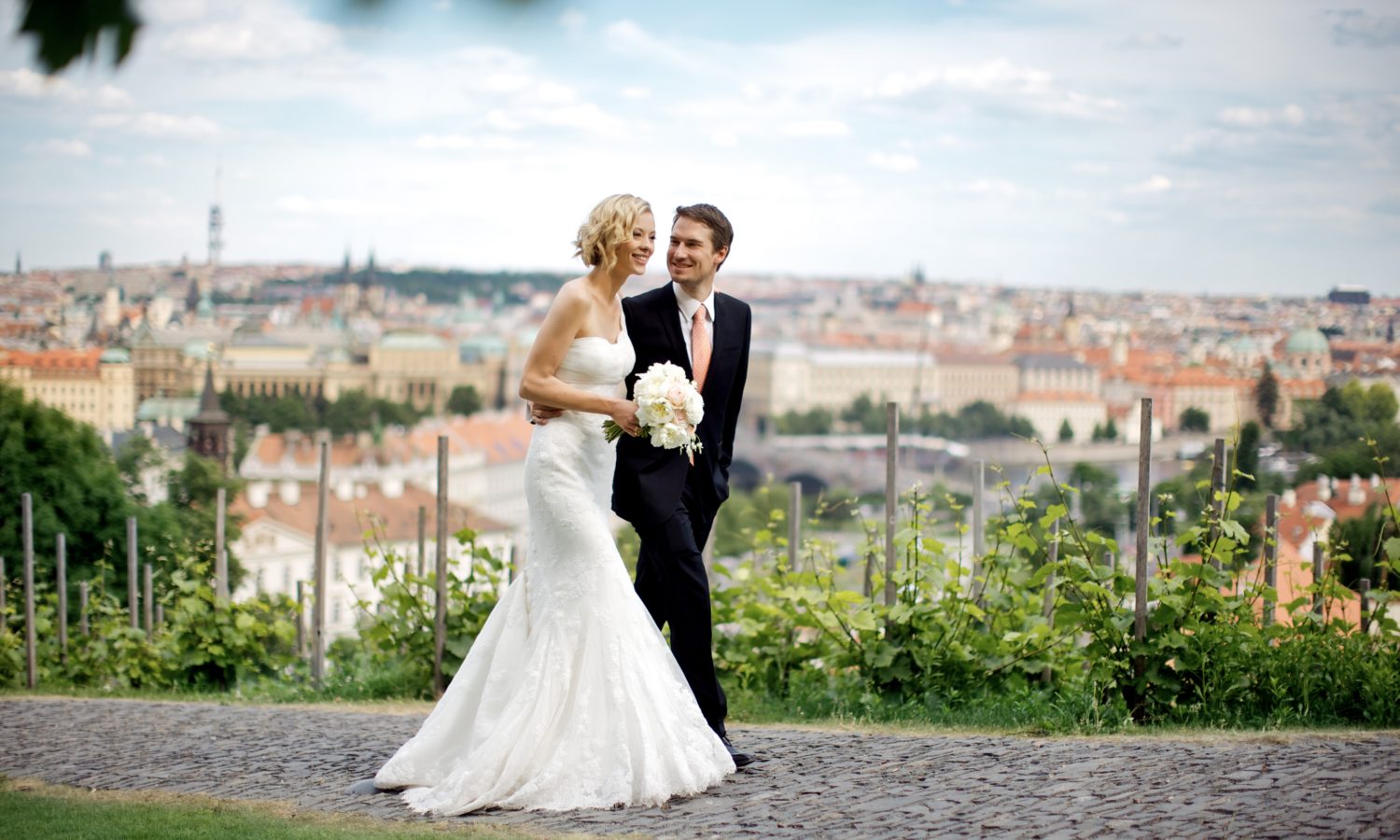Facts:
• type of ceremony – civil, church (protestant), symbolic
• available dates – April – October
• ceremony time – 10.00 a.m. – 5.00 p.m.
• ceremonies take place at the lawn next to the St. Peter and Paul´s cathedral
• back-up alternative – tent has to be booked
• length of the ceremony is around 25 min
• civil ceremony is in Czech, translated into English (or any other language), church or symbolic ceremony in any language
About:
Vysehrad, the rock above the river with its dark outline of slender spires, is an inseparable part of the Prague skyline. The traditions of this mysterious site are bound up with the legends whose literary treatment was worked up Alois Jirásek from the ancient chronicles into his work “The Old Czech Legends”. These tell of the Princess Libuše, who foresaw the future glory of Prague from her seat at Vyšehrad, and who sent a delegation to seek out Přemysl the Ploughman, founder of the ruling dynasty, as well as of brave Bivoj, the wondrous horse Šemík and its leap from Vyšehrad rock, and of the War of the Maidens. The legends of Vyšehrad, explaining and celebrating the origins and early years of the Přemyslid state, have made this one of the Czech nation’s most distinguished sites. A fortified settlement appeared at Vyšehrad sometime during the 10th century. The first definitive evidence for the existence of the Vyšehrad hillfort are Přemyslid denarii of Boleslav II, minted there in the mid-10th century.
The present appearance of Vyšehrad was largely determined in the second half of the 19th century. It was led by a number of nationalist-oriented provosts. Church of SS Peter & Paul was rebuilt in the Neo-Gothic style to a design by J. Mocker and F. Mikeš that respected the disposition of Charles IV’s Gothic design. It was then that the idea arose of founding a national cemetery at Vyšehrad on the site of the parish graveyard. At the same time it is also a unique gallery of funerary sculpture, and an expression of Czech artistic development from the second half of the l9th century to the present day.
At the 21th century, Vyšehrad retains its atmosphere of magic and mystery. It offers visitors one of the most beautiful urban panoramas of bygone Europe, quiet parks for relaxation, and true cultural and spiritual inspiration.









